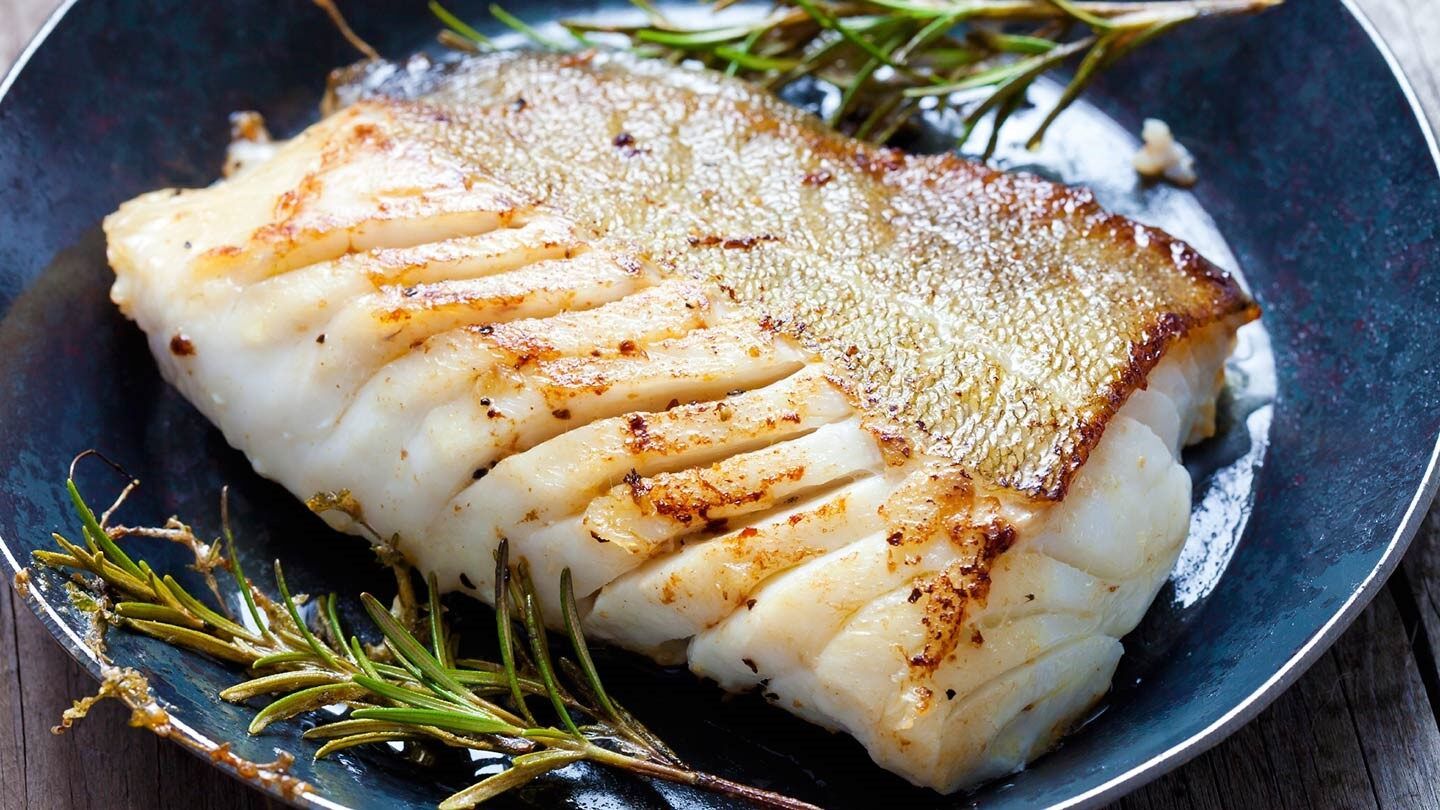Seafood has a great taste and a high protein content. Learn how to include fish and shellfish in your diet if you have diabetes.
Type 2 diabetes is much more than just a blood sugar problem, despite what most people believe. Type 2 diabetes is characterized by insulin resistance, which can be harmful to your cardiovascular system. As a matter of fact, the Centers for Disease Control and Prevention (CDC) report that individuals with type 2 diabetes have twice the risk of heart disease or stroke compared to those without the condition.
According to Jill Weisenberger, RD, a certified diabetes care and education specialist in Newport News, Virginia, and the author of The Beginner’s Guide to What to Eat with Type 2 Diabetes, “that’s why I recommend dietary approaches that benefit overall health and cardiovascular health.”
Additionally, fish should be a part of your diet and lifestyle that promotes heart health. According to the Washington State Department of Health, fish is not only a fantastic source of protein and healthy fat, but it also has a wealth of vital vitamins and minerals.
How Often Should You Eat Fish Per Week?
The American Heart Association (AHA) recommends eating 2 servings of fish per week, where 1 serving equals 3.5 ounces (oz) of cooked fish, or about ¾ cup of flaked fish. Because these fish are particularly high in omega-3 fatty acids, the American Heart Association (AHA) recommends eating fatty fish like salmon, mackerel, trout, and sardines (more on these shortly). Fish with a higher risk of mercury contamination include swordfish, shark, and tilefish, so limit these types of seafood.
These suggestions are also supported by the American Diabetes Association (ADA) for those who have diabetes. Also, according to the ADA, baking, broiling, or grilling fish is preferable to breaded and fried fish, which is higher in calories and carbohydrates.
What makes fish so good? Seafood can be made to taste good with very little effort.
Thus, incorporate seafood into your type 2 diabetes diet and get to know your local seafood purveyor.
Salmon for Omega-3s That Heal the Heart
According to the American Heart Association, salmon is an excellent fish option for people with type 2 diabetes due to its high content of omega-3 fatty acids, which are considered “healthy” fats that can help lower the risk of common diabetes-related complications like heart disease, heart failure, and stroke.In fact, an analysis of four international studies published March 2021 in JAMA Internal Medicine found that eating at least 2 servings of fish per week is associated with a lower risk of heart attack, stroke, and death among people with heart disease.
As with most fish, baking, broiling, stewing, and roasting are some of the healthy cooking methods you can use if you have diabetes. Weisenberger suggests coating cooked salmon with this heart-healthy dressing: 1 tablespoon (tbsp) olive oil, 1 ½ tbsp lemon juice, 2 crushed garlic cloves, and a handful of fresh chopped basil. “Every single ingredient is heart-healthy and perfect for people with type 2 diabetes,” Weisenberger says. For a balanced meal, she suggests adding a salad, roasted veggies like broccoli or asparagus, and a whole grain like brown rice.
Tilapia for High Protein Content and Low Fat
Tilapia is a mild-flavored, high-protein, low-calorie fish, according to Weisenberger. The U.S. The Department of Agriculture (USDA) estimates that one small filet that has been poached or steamed has 28.5 grams (g) of protein and 137 calories. Additionally, it’s not too difficult to locate fresh or frozen tilapia filets, and cooking them is even simpler. Because tilapia filets are frequently thin, they cook quickly; however, take care not to overcook them or they will begin to fall apart.
Try this diabetes-friendly tilapia dish from Weisenberger: Sauté onions, peppers, or whatever vegetables you have on hand. Next, incorporate canned tomatoes, low-sodium tomato sauce, and Italian seasonings. After bringing the mixture to a gentle boil, add the tilapia. Cover and cook for a few minutes, or until the fish is cooked through. “I’d serve it with brown rice, barley, or quinoa,” Weisenberger says.
Cod for a Versatile, Low-Calorie Meal
Like tilapia, cod is a low-calorie, high-protein white fish (148 calories and 32.6 g protein per small steamed or poached filet, as the USDA notes). “[Cod] has very little saturated fat and a nice amount of omega-3s,” Weisenberger says. However, cod produces a slightly firmer filet than tilapia, making it more resilient to boulder seasoning and more aggressive cooking techniques like grilling. Tilapia is too thin for Weisenberger’s tastes, so he often uses cod for fish tacos or even seafood gumbo.
Cod is also excellent prepared in chunks with your preferred vegetables, herbs, spices, and olive oil drizzled over. Bake each piece after covering it with aluminum foil. Weisenberger says, “This is a great way to give each family member their own personalized meal.” “I might choose onions and broccoli, and you might choose mushrooms and asparagus.
Trout for Heart-Healthy Fatty Acids
I hope you get treated to a fresh bass or trout if you know someone who fishes. “Higher quantities of omega-3 fatty acids are found in fattier fish, such as trout,” according to Julie Stefanski, RD, CDCES, national spokesperson for the Academy of Nutrition and Dietetics, who is based in Baltimore. The AHA supports that, pointing out that trout is just one kind of fish that contains these heart-healthy omega-3 fatty acids.
Try baking or broiling trout with a little citrus juice or seasoning free of sodium. For those who are just beginning to cook seafood, the challenge is to avoid oversalting, particularly since you should strive for less than the 2,300 mg (or 1,500 mg for most adults) of salt per day that the American Heart Association has approved. With a little addition of aromatic herbs, it should be simple to make meals devoid of salt because each type of fish has a distinct flavor.
Shrimp for Low Calorie and High Protein Content
According to Weisenberger, shrimp has a high protein content and very few calories. The USDA states that a 4-oz portion has 120 calories and 23 g of protein. When compared to other seafood, it does have a relatively high cholesterol content (170 mg), so those with diabetes who are also trying to avoid high cholesterol may want to avoid it.A review and meta-analysis that was published in the American Journal of Clinical Nutrition in August 2015 stated that dietary cholesterol significantly increased both total and LDL cholesterol, which can raise the risk for heart disease, but more research is required.
Other Shellfish for Portion Control
It is difficult to overindulge in shellfish when following a diabetes diet because you have to work hard to extract the meat from succulent shellfish like crab and lobster shells. Furthermore, according to Stefanski, crab and lobster are “naturally low in fat and calories.” According to USDA estimates, a cup of steamed crab contains only 97 calories and almost 1 gram of fat. In contrast, a cup of steamed lobster has 1.2 grams of fat and 128 calories. However, adding melted butter can cause the amount of fat and calories to soar. Instead, Stefanski suggests adding shellfish to plant-based dishes like salads and stir-fries that include an abundance of vibrant vegetables. Instead of salting the cooking liquid, try adding a bay leaf seasoning, and don’t let diabetes stop you from being creative when it comes to cooking. Cooked seafood can be used in cold salads, pasta, rice dishes, and soups.
Canned Tuna and Salmon for Your Budget
Seafood, whether it be frozen or fresh, is a delicious and sometimes expensive addition to a diabetes diet. A 10-oz filet of frozen salmon can cost $8.99 or more. In the meantime, shelf-stable staples you can keep in your pantry that are more reasonably priced are canned salmon and tuna ($1.69 for a 5-oz can of pink salmon). They also count toward your weekly goal of eating fish.“Most people don’t include enough fish in their diets, but with this easy option they may reach the goal of 2 to 3 servings of fish per week,” Stefanski says. To cut calories and fat, choose canned fish instead of fish packed in oil. Stefanski suggests combining one packet of tuna with some avocado, a small amount of mayo, and lemon pepper seasoning for a quick and satisfying dinner. Next, cover the whole-wheat toast with the mixture.
Sardines for Flavor and Nutrients
According to Stefanski, “sardines truly do deserve a ‘A’ on their nutritional report card.” Sardines are rich in omega-3 fatty acids and also contain some calcium and vitamin D, according to her. One ounce of oil-packed canned sardines provides 108 mg of calcium and 1.36 mcg of vitamin D, according to the USDA. As long as you read labels to find brands low in salt, those qualities make them a great food to include in your diabetes diet and your bone health program. Sardines in a can are reasonably priced at $2.49 for a 3.75-ounce can, and they taste good either on their own or when combined with other foods. Some available varieties include mustard-dill and hot pepper. For those who are daring, consider grilling fresh sardines.


